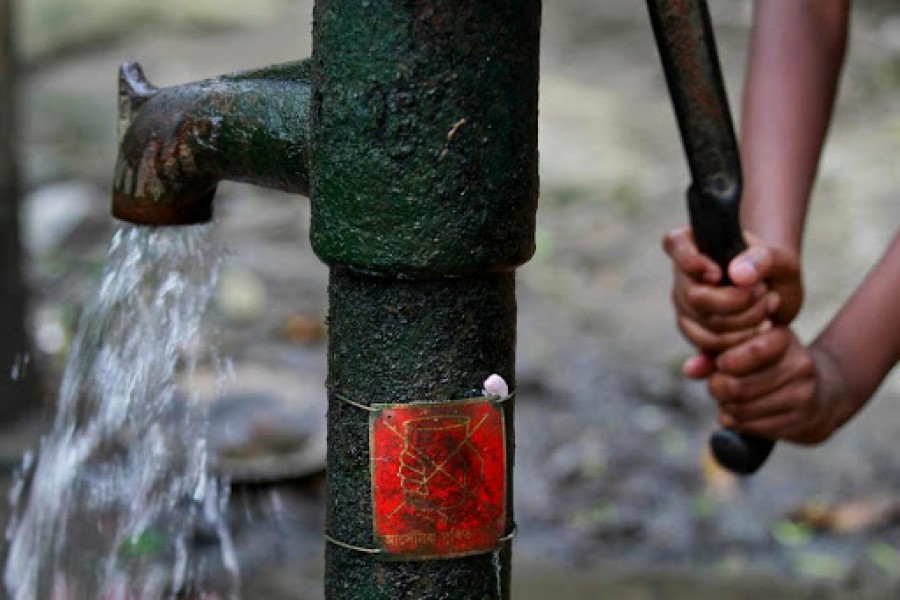A study conducted by the Human Rights Watch (HRW) some time ago expressed its apprehension that a huge number of people might die in Bangladesh in the coming years from diseases related to arsenic contamination.
The New York-based non-government organisation found negligence and corruption in mitigating the major health challenge in Bangladesh.
According to the study, arsenic is found in water mostly from shallow tube-wells in huge swathes of rural Bangladesh, mostly in the central and southern parts. If one drinks arsenic-contaminated water, he could suffer from cancers of skin, liver, kidney, bladder and lungs as well as cardiovascular diseases.
According to government data, 20 million people in Bangladesh are exposed to arsenic contamination. Some 65,000 people are now suffering from arsenic-related diseases, and an estimated 43,000 people die from such diseases every year. The government keeps a national list of patients, identifying them primarily via their skin lesions.
The government claims that there is a standard of 50 micrograms of arsenic per litre of water. However, HRW evidence shows that there was a rise in deaths and illnesses from exposure to arsenic in drinking water containing arsenic between 10 and 50 micrograms a litre.
However, HRW report claimed that mitigating arsenic remained negligent for about a decade. It found some 5,000 of the wells that were supposed to be arsenic-free are actually contaminated by arsenic. Although deep wells can often reach groundwater of better quality, government programmes failed to make it a priority to install new wells in areas where the risk of arsenic contamination is relatively high.
Analysts say in arsenic-affected areas there is still much confusion among the rural people about which tube-well is safe and which one is not. They said water from arsenic-affected tube-wells should not be used for irrigating homestead and agricultural crops.
However, analysts claim that the government is not paying adequate attention to the health hazards caused by arsenic contamination even though millions of people are exposed to it. Even a decade ago, there were around 10 million tube-wells and the number has certainly increased with the rise of population now.
But people are rarely talking about it these days, which does not mean the danger of arsenic contamination has disappeared. As long as people in this country drink tube-well water, the researcher said, there will be arsenic problem and there is no simple method by which one can remove arsenic from the groundwater on a large scale.
However, even if the people know that the water of their tube-well was contaminated by arsenic, they may drink the water because they may not have any other choice. Even sometime people may have access to safe tube-wells, still they do not want to go and collect water from those tube-wells failing to assess the gravity of the real situation.
What is required at this moment is that the government should go for testing all the tube-wells in the country. An awareness campaign and a long-term plan to develop surface water as potable source are also necessary. Water filtration either at the sink or at the source must not be avoided, according to experts.
The short-term interventions should include a nationwide survey for status of overall situation of arsenic contamination and patient number and status in the country and strong political commitment for comprehensive arsenic mitigation programme.
Meantime, the government and global donors should immediately take initiatives to mitigate arsenic contamination by installing tube-wells wherever necessary. They should also support the communities to use appropriate filters to purify water and encourage them to harvest rain and surface water for drinking.


